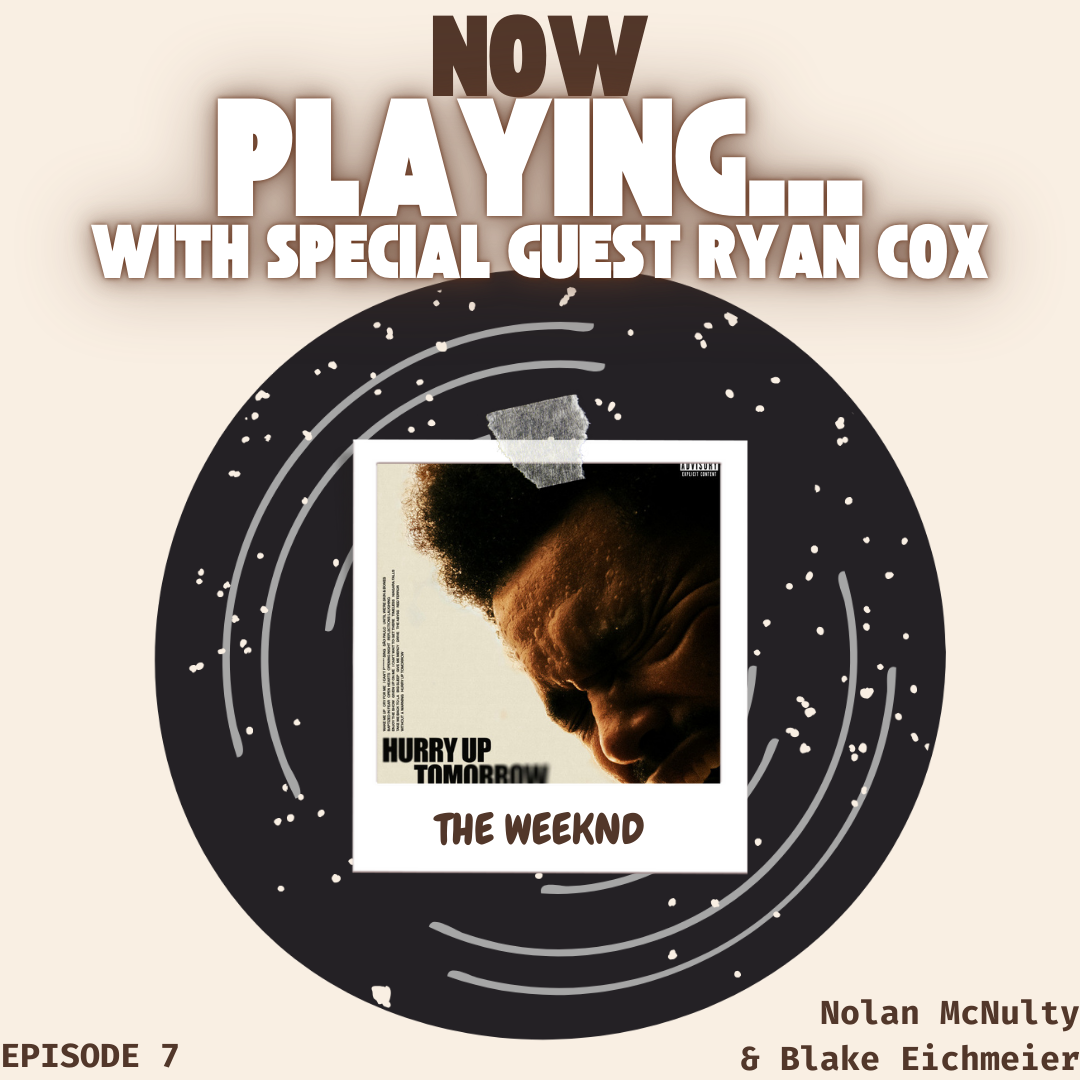In the United States, 50 thousand people a year die by suicide, making it the highest rate of suicide the country has ever seen, NBC News reports. Depression rates have also experienced a near 50 percent increase since the 1990s, reports Science Direct. This amounts to over 20 million cases of depression-related episodes in 2021, according to the National Institute of Mental Health. All the while, social media takes precedence in the lives of teens world wide.
Globally, almost five billion people use social media frequently, which is only growing as the days go by. 69 percent of adults and 81 percent of teens in the U.S. use social media. The top five globally used social media platforms include household names like Facebook, YouTube, Instagram, TikTok, and WhatsApp, reports the Pew Research Center.
“I think there are some definite positive impacts, I mean it has been one of the primary pushes to shed some light on a lot of issues that were working in the dark before, like the MeToo movement,” AHS psychology teacher Ruth Speth said.
The positive impact of social media can be found. Social media has allowed other movements like Black Lives Matter and Stop Killing Us to grow as well. In addition, it has brought awareness to the LGBTQ movement. On top of giving movements a larger platform and voice, social media has granted every single person in the world a larger voice. This makes the spread of helpful positive information much easier. Furthermore, popular influencers have provided entertainment and inspiration for viewers, especially younger ones on platforms like YouTube and Instagram.
“Sometimes I compare myself in a good way to influencers. It certainly can motivate some people,” AHS junior Axel Pottratz said. “But I think it is generally a negative thing.”
While benefits can be found, these household-name apps have been created to target the addictive and dopamine-filled areas of the brain. When a social media user is scrolling the app, site algorithms, and other devices are used to deliver content specifically made for each user’s interests, and what they want to see. In addition, this content is made to come quickly so a user never gets bored. This ensures that each user’s attention span is consistently being grabbed. This process provides the brain with small hits of dopamine, which is the pleasure chemical of the brain, and creates an addictive relationship with the content.
“One of the trends that really hurts mental stability is the culture of comparison,” Speth said. “I think that is the biggest negative of social media.”
When people get into this “culture of comparison,” many other seemingly negative effects follow. Depression, poor body image, and eating disorders have all been linked effects originating from people comparing themselves to influencers, or even each other, which stems from social media. These health effects can spiral into other poor effects later in life.
“Some of these lifestyles that you see on Instagram or whatever, it is just not possible for certain people, and it really brings people down,” Pottratz said. “People compare themselves, and they compare themselves in wrong ways.”
People also compare themselves to their peers around them, which can damage student’s idea of their social image or emotional health in general. This effect even has a common effect of giving young people a feeling they are missing out on something, or what the internet refers to as “FOMO,” or, the fear of missing out.
“I had a hard time socializing and making friends, so the friends that I did have, I followed on Instagram,” AHS senior Kate McMartin said. “And I saw all of my friends on Instagram doing fun things and hanging out with their other friends, so it made me feel I did not really have friends.”
Along the lines of comparing themselves, social media is a big way that kids and adults alike use as a platform to channel their egos. Social media has been linked to inflating egos and narcissism within people, which would not have been present without the platforms. Some people reportedly do not care what they are putting out onto the web, just so that they can get a few more clicks or a few more followers. This leads to some unhealthy habits.
“If you have two or three hundred friends, it does not do you any good. I cannot remember what the number is, but it has been researched that only a certain number of people can you actually keep in communication with. Past that, it is just comparing [egos],” Speth said.
Social platforms like Instagram are in the hot seat right now. A recent lawsuit states that Instagram encourages body dysmorphia through their usage of filters, reports National Center for Biotechnology Information (NCBI). Filters are a photo effect that can be applied to images before publishing them, which often the user makes themselves look better with. When teens are worried about their self-image and how others view them, it takes a toll on their mental health. This could lead to depression and anxiety reports The Center, a partial hospitalization program.
“[Social Media] is a huge toll in efficiency, and it plays into… ‘now I am behind [on assignments]’, and ‘now I am staying up,’ and ‘now I am on my phone because I am tired,’ and ‘I am stressed,’ and ‘I do not want to do anything,’” Speth said.
The hours that this repetitive process of using social media to reduce stress, or give a break to a day, adds up over time. Over half of teens in the United States spend approximately five hours on social media daily reports “Forbes'” Gallup poll.
“One of the biggest factors is just the time that people spend on it which is unnecessary. I think people would have such a better life without social media honestly,” Pottratz said. “If you spend three hours a day on social media that is weeks and weeks of time in just a span of a few years, and it does not make a difference.”
While these addictive effects are shown in every group of people who use social media, the effects are most prominent among younger individuals who are impressionable, and the apps are made to target this demographic.
“In middle school, I do not think anybody should have any social media,” McMartin said. “I think there are a lot of things out on social media, like influencers and stuff that people look up to that is very detrimental, especially to teens. I think when you get more into high school or early adulthood it is a little bit better.”
Teens who reduced their usage of social media saw significant improvements in their mental health within a matter of only a few weeks, reports American Psychological Association.
There are numerous tactics that people use to reduce screen time, some of the most popular include reducing screen time by setting time limits on your phone, trying new things, and starting new hobbies.
“I would so trade my iPhone for a flip phone,” McMartin said. “I feel like now I have one, so if I stop everybody is going to be asking me why I do not. It is a lot of peer pressure.”
Quitting social media or reducing usage can be challenging. Peer pressure makes it hard for many to quit, especially at young ages, and after quitting, withdrawals can even occur. But the sacrifice of distancing from these apps might be very beneficial. With social media being relatively new, long-term effects on future generations are unknown.
“Best case scenario, delete it altogether. I need to do that, and I think I will,” Pottratz said.




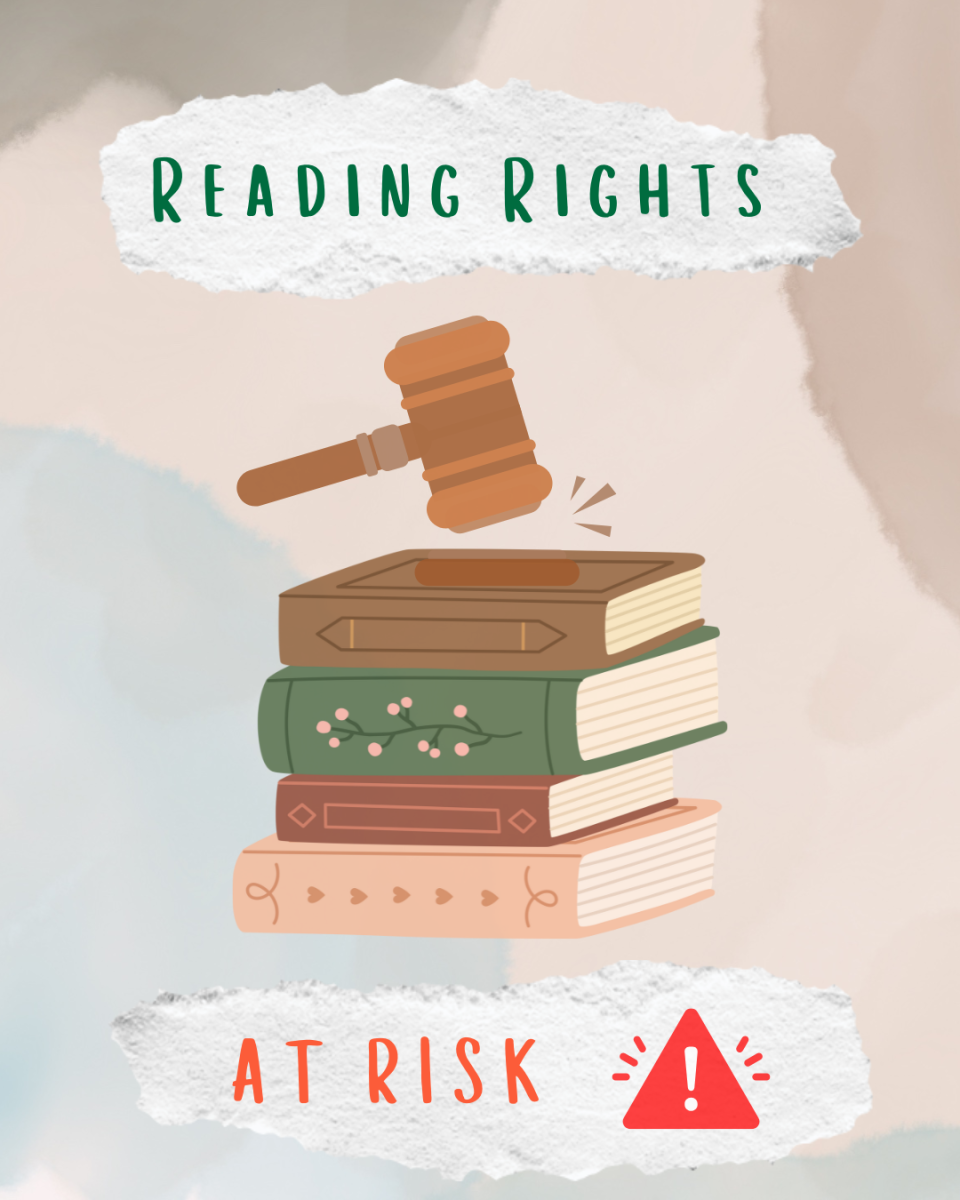












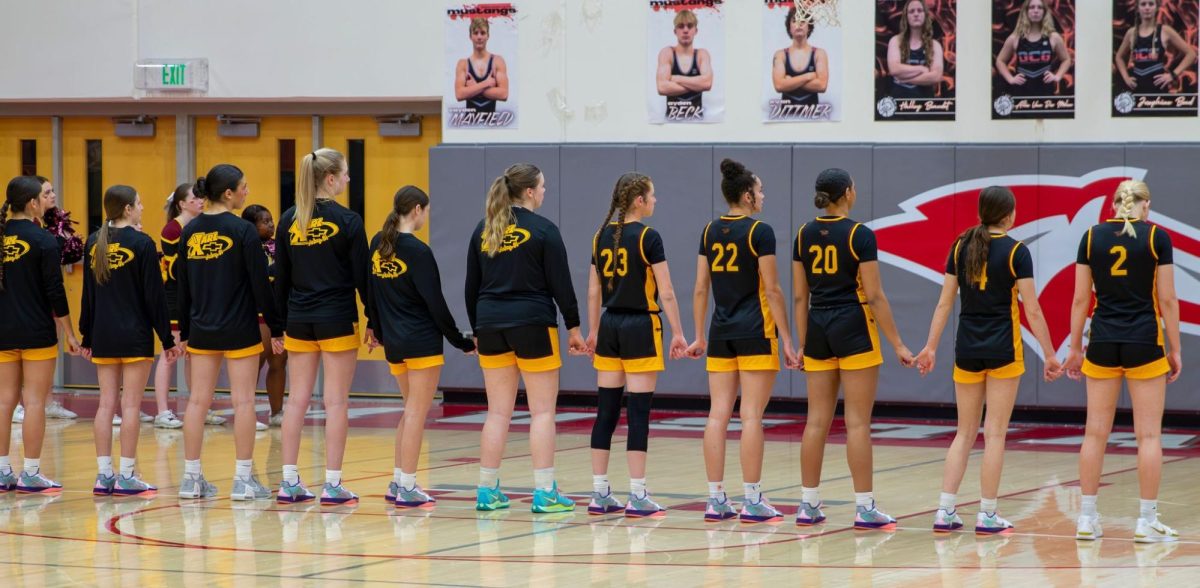


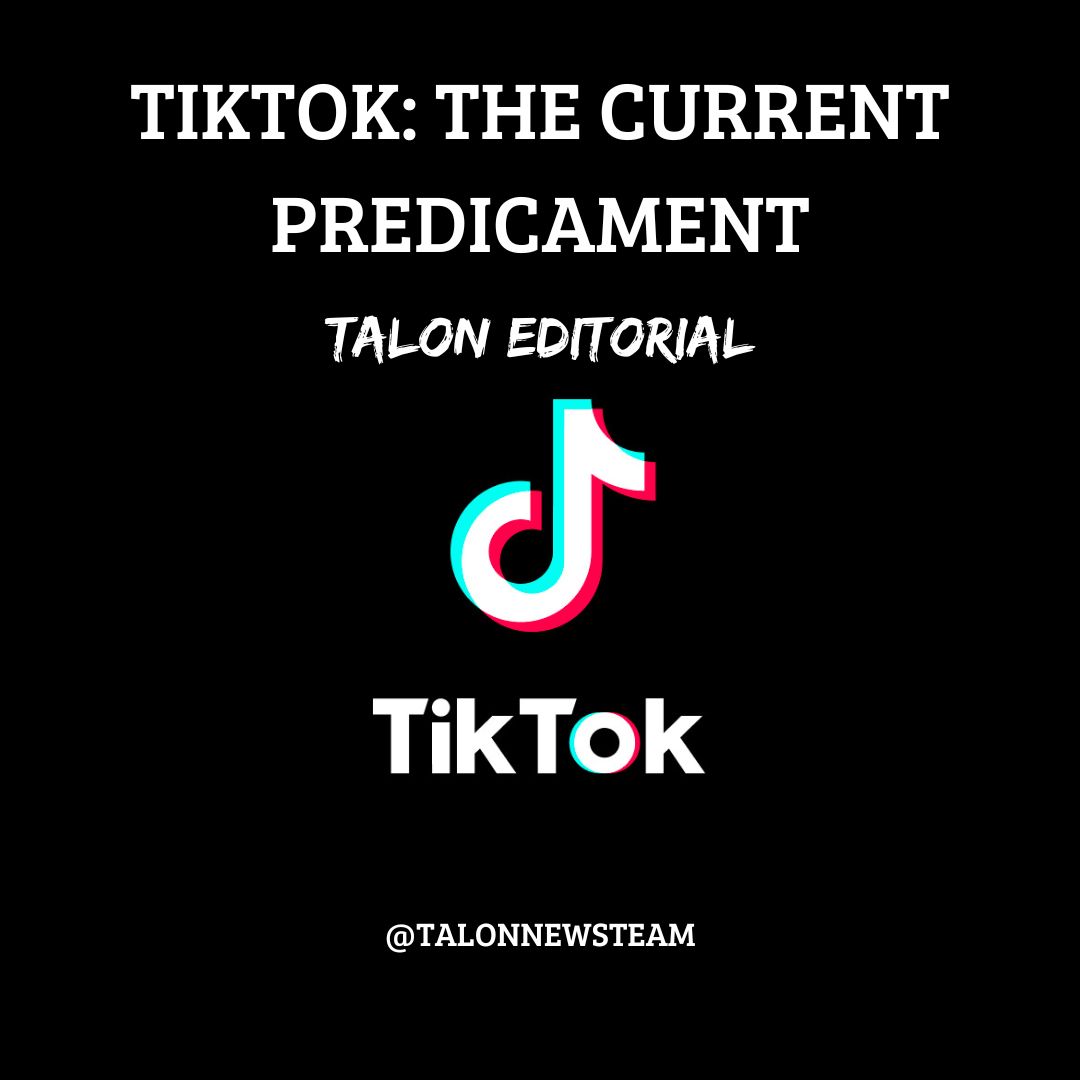


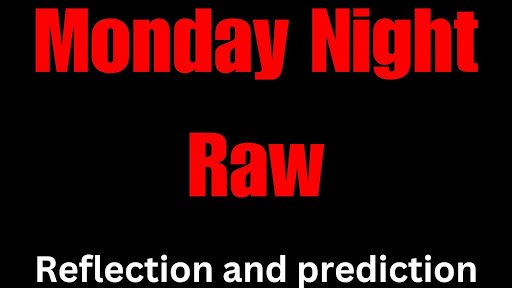




![Bing talking about the plan for the day with her students in one of her AP Biology courses. “If I wasn't passionate about working with students, I don't think [I’d stay in teaching], but no, it's absolutely the students that I have that [make it worth it,” Bing stated. Photo taken by Sylvia Bartlett.](https://ahstalonnews.com/wp-content/uploads/2025/04/bing.jpg)







